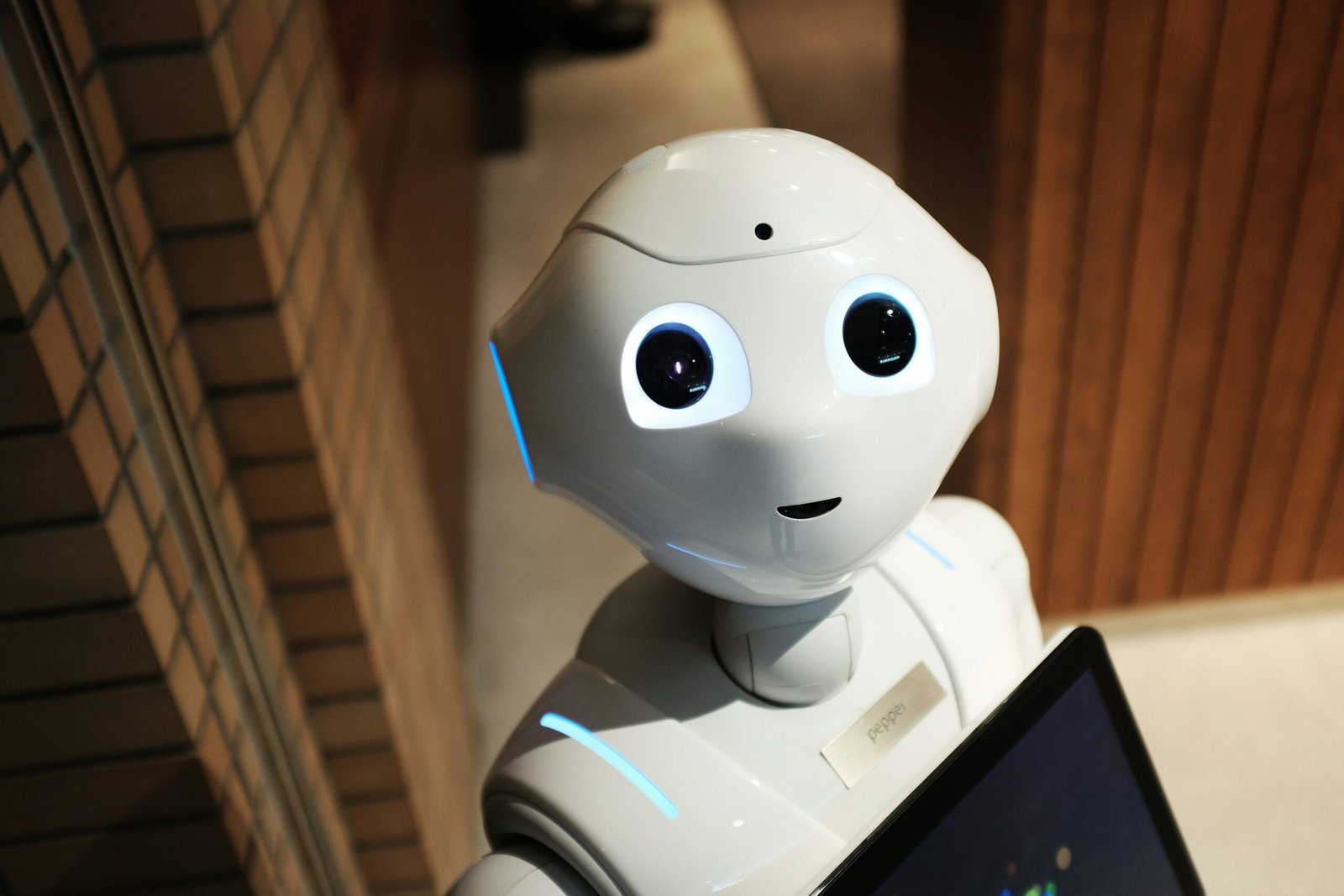In the age we live in, machines are adapting so fast that the AI agents’ concept has become one of the main issues in artificial intelligence in the future. The CEO of the company – Jensen Huang is deeply convinced of the fact that we are entering the “agentic future” era where either thousand or millions of agents will be at our service every day. This blog analyzes the consequences of this transformation, the abilities of AI agents, and the ways in which they will modify different sectors.

Understanding AI Agents
Artificial intelligence, more than anything else, is a tool set and not just that, it is a fundamental transformation in terms of our relationship to technology. The usual practice was using the machines and the software as instruments only in the industry. But, Huang’s hypothesis is that we are on our way to an age where our agents will work these tools to accomplish exact, even the most complicated, tasks on their own.
The concept of agentic is about tools that can think, cooperate, and utilize various tools to realize their aims. This transformation from passive tools to active agents is a key development in the interaction of people with technology.

The Potential of AI Agents
The potential of artificial intelligence (AI) agents is boundless. In addition to the routine duties, these agents are also able to effect advanced problems by cognitive methods. They can be programmed to comprehend the subtle requests, to join other agents in a project and to develop things if needed. The scope of innovation and productivity is massive.
As these agents become more sophisticated, they will be able to give birth to new agents that might join forces with the ones that already exist, consequently, interacting with each other as if they were a network of computer entities. This will be a catalyst of the lengthening threads of togetherness, lastly, the adaptability of any problem-solving approach will be saturated with its more dynamism due to the interlinkage of the two domains. This differentiated yet integrated approach to the topic will generate explosive gains in productivity in multiple industries.

The Evolution of Learning in AI
One of the major milestones that have been achieved so far in the field of AI is the introduction of unsupervised learning. As of today, Huang underscoring that the common method of classifying data with human labor is a hindrance. The machine learns on its own because humans are not required to supervise it all the time, which enables them to achieve exponential capabilities.
Thus, the knowledge developed by AI from current knowledge allows it to create language models and learn multimodal data better since this way of training comprises many categories of content. This technology is expected to disrupt the AI industry, ultimately leading to the development of new business models, as AI can now imitate the behavior of humans, obtain huge amounts of data, and interpret it independently.

Scaling AI Capabilities
To utilize the AI agents most efficiently, it is imperative for us to concentrate on expanding the amount of data and processing speed. According to Huang, scaling has two major dimensions: the training time compute and the post-training test time compute. If both facets are enhanced, AI could reach the brand-new heights of accomplishment and perfect automation.
Besides that, mining synthetic data provided by AI systems by itself can increase the effectiveness of the learning process. This approach permits effective updating efforts and eludes human-limited data that indirectly contributes to AI improvement.
Challenges and Solutions in AI Development
Furthermore, given the staggering power of AI operators, there are still some mammoth adversaries which the AI needs to wrestle with before it can achieve its full potential. Huang, a laudable advocate of measures aimed at the safeguard of people through safety regulations as well as ethical treatment, has pointed out the most important aspects in AI development. The more capable machines have of self-improvement and self-awareness, the more urgent it is to make sure that they respect the need for safety and their bad behavior be controlled by the human operators.
This requires different approaches such as AI model fine-tuning, guardrails implementation, and techniques like Chain of Thought to check the generated output quality. A reliable system for future AI development requires attention to these issues.

The Future of Computing
The switch from a person-centered framework to an agent-like view denotes a new stage in computing. Instead of conventional software, we are now moving toward going with the flow of dynamically created, predicted software that changes the user needs in real-time. To reach this phase, we require new hardware such as GPUs that have been developed to facilitate parallel processing to support the complex computations used by the AI agents.
As we get ourselves situated in this new era, the partnership of AI and humans will change completely the way we solve problems, innovate, and be more productive. AI’s destiny is not just going to be automation; it’s about producing smart and automated systems that will boost the potential of human beings.

Conclusion: Embracing the Agentic Future
According to the experts, we are now emerging into a future of Artificial Intelligence with autonomous subjects. The conduct of AI agents will bring about not only change in various industries, but also improve the way people interact, communicate, and provide solutions to problems. The adoption of such technologies will enable us to not only become more efficient but also to better meet human needs and preferences in the future.
We are at a really remarkable time in history, as Jensen Huang fittingly commented, and the possibilities are endless. The path to an agentic future has just opened and it is something that will change our world in ways that we are starting to grasp.
